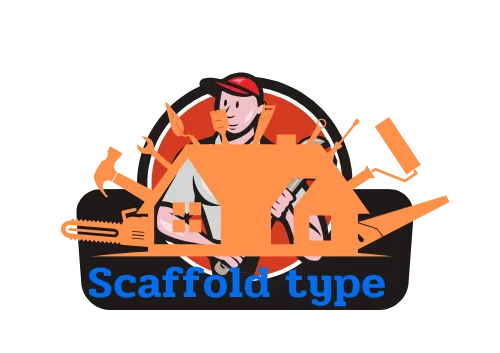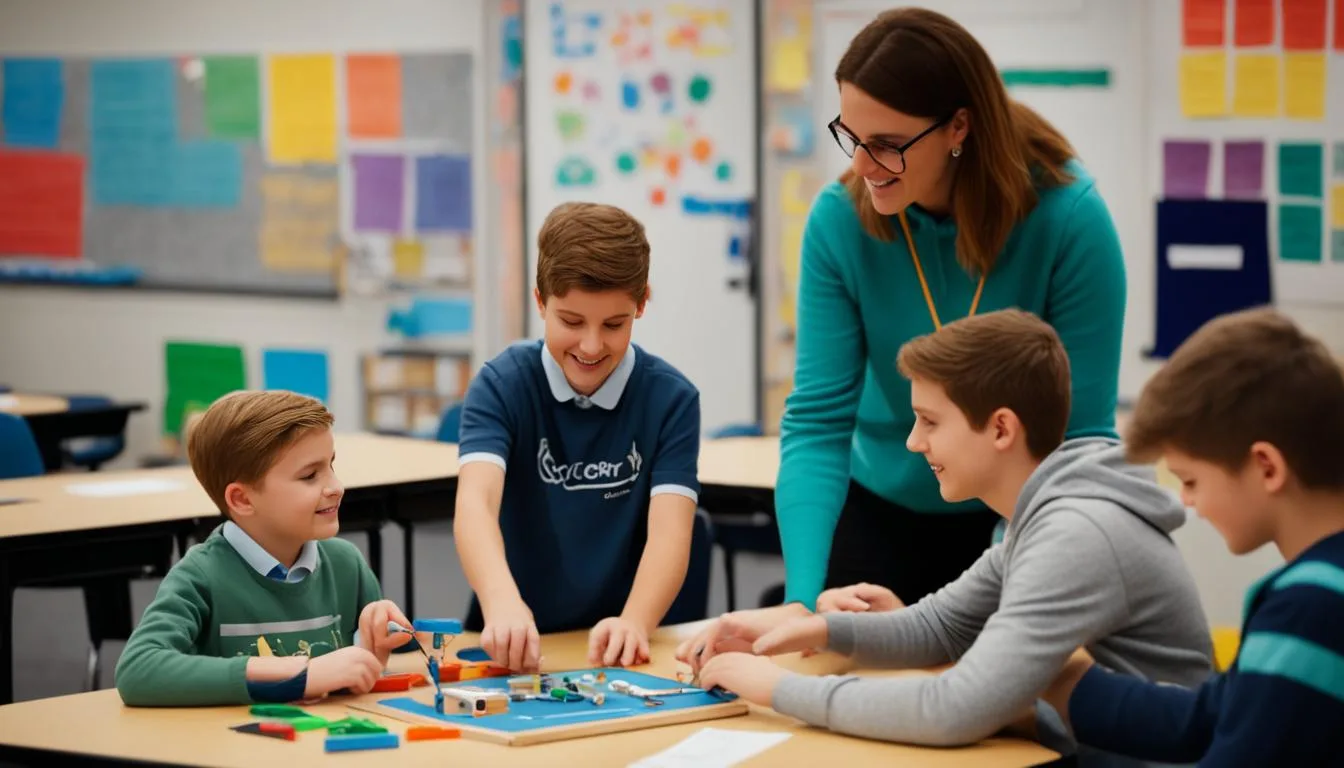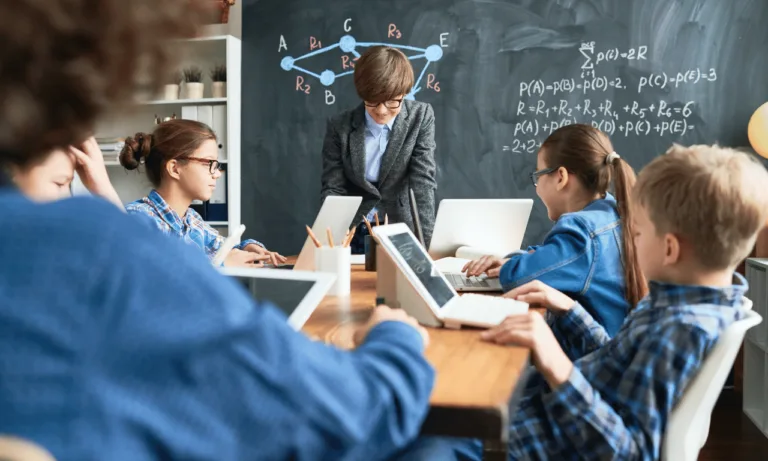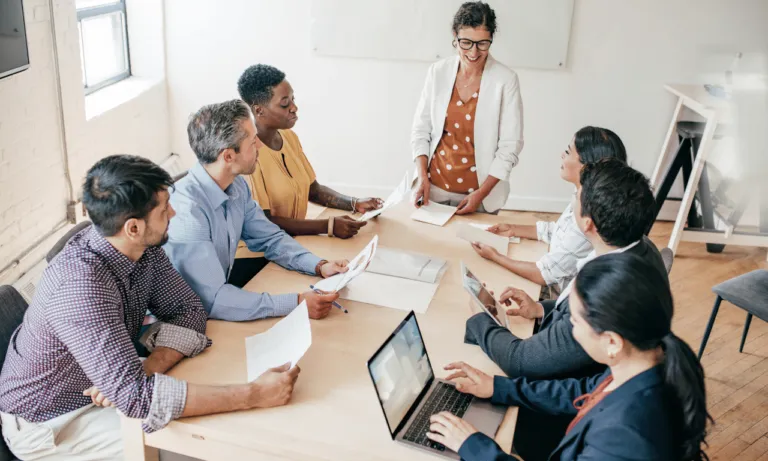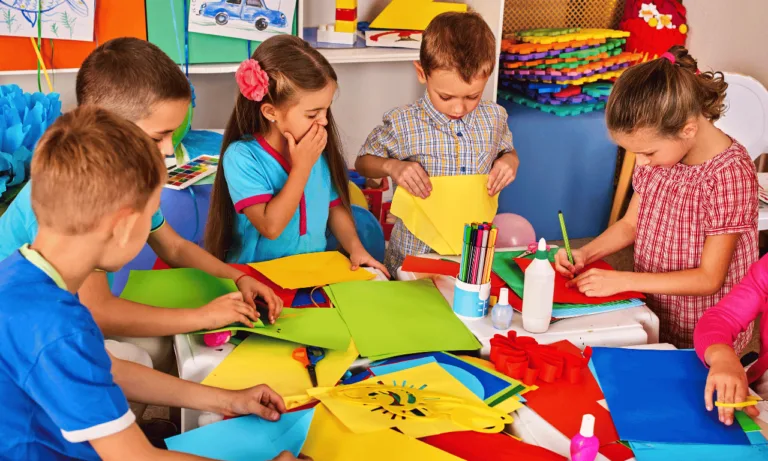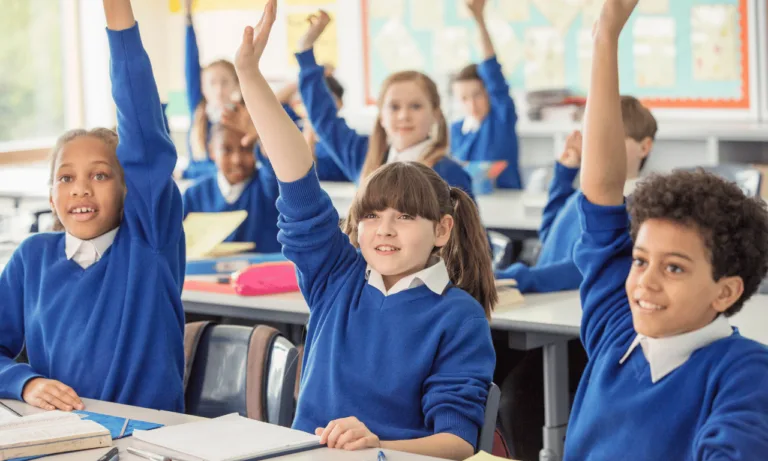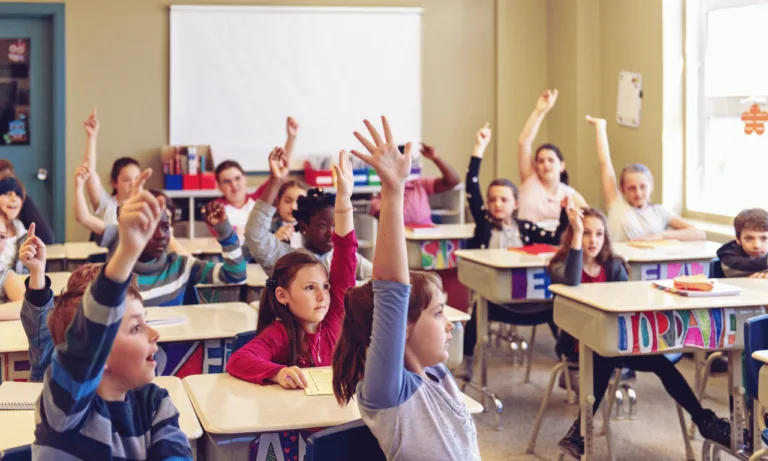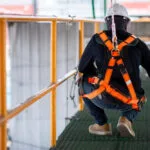Phone:
(+65)8319-0742
The educational landscape is ever-evolving, with innovative approaches like Guided Discovery Methods leading the charge towards more engaging and efficient learning. This paradigm centers around student-centered learning, wherein students are encouraged to take charge of their educational journey, explore their curiosities, and unlock new knowledge through active participation. Recognizing the intrinsic value of inquiry and exploration, these educational techniques stand to revolutionize the way educators teach and learners absorb information.
Immersion in Guided Discovery Methods is not just about imparting knowledgeâit’s about crafting a climate that kindles curiosity and fosters a deeper understanding of the material. A classroom that embraces this innovative educational technique transforms into a dynamic space where concepts are discovered, not just delivered, and where learners evolve into thinkers, inventors, and problem-solvers.
Key Takeaways
- Guided Discovery Methods advocate for a more active and engaging form of education.
- The focus on student-centered learning empowers learners to take control of their educational experiences.
- These educational techniques cultivate a participatory environment that encourages inquiry and exploration.
- Implementing Guided Discovery Methods transforms traditional teaching into an experiential and collaborative process.
- The method reinforces the development of critical thinking and problem-solving skills among students.
The Pedagogical Underpinnings of Guided Discovery Methods
At its core, Guided Discovery Methods breathe life into educational settings through the practical application of constructivist theory. This educational philosophy sees learners as active participants in the construction of their own knowledge, with educators serving as architects who provide the scaffolding for such development. By embracing inquiry-based learning, these methods champion an environment where questioning, exploration, and reflection are not just encouragedâthey are essential.
Experiential learning plays a critical role in these methods, offering a robust platform for students to engage directly with materials and concepts, thereby fostering an in-depth connection with their studies. This hands-on approach is synonymous with collaborative challenges, experiments, and real-world problem-solving that cement the learners’ ability to comprehend and apply their newfound insights.
Effective teacher facilitation is vital in navigating the intricacies of Guided Discovery Methods. Educators must adeptly balance guidance with independence, prompting students through insightful questions and empowering them to pursue their lines of enquiry. This facilitation fosters a sense of autonomy, motivating learners to take ownership of their educational journey and drive their personal growth within a supportive framework.
- Inquiry-based learning cultivates curiosity and self-directed exploration.
- Experiential learning reinforces knowledge through practical application.
- Constructivist theory ensures that learning is meaningful and personally relevant.
- Teacher facilitation encourages a collaborative and reflective classroom culture.
Impact of Guided Discovery Methods on Student Engagement
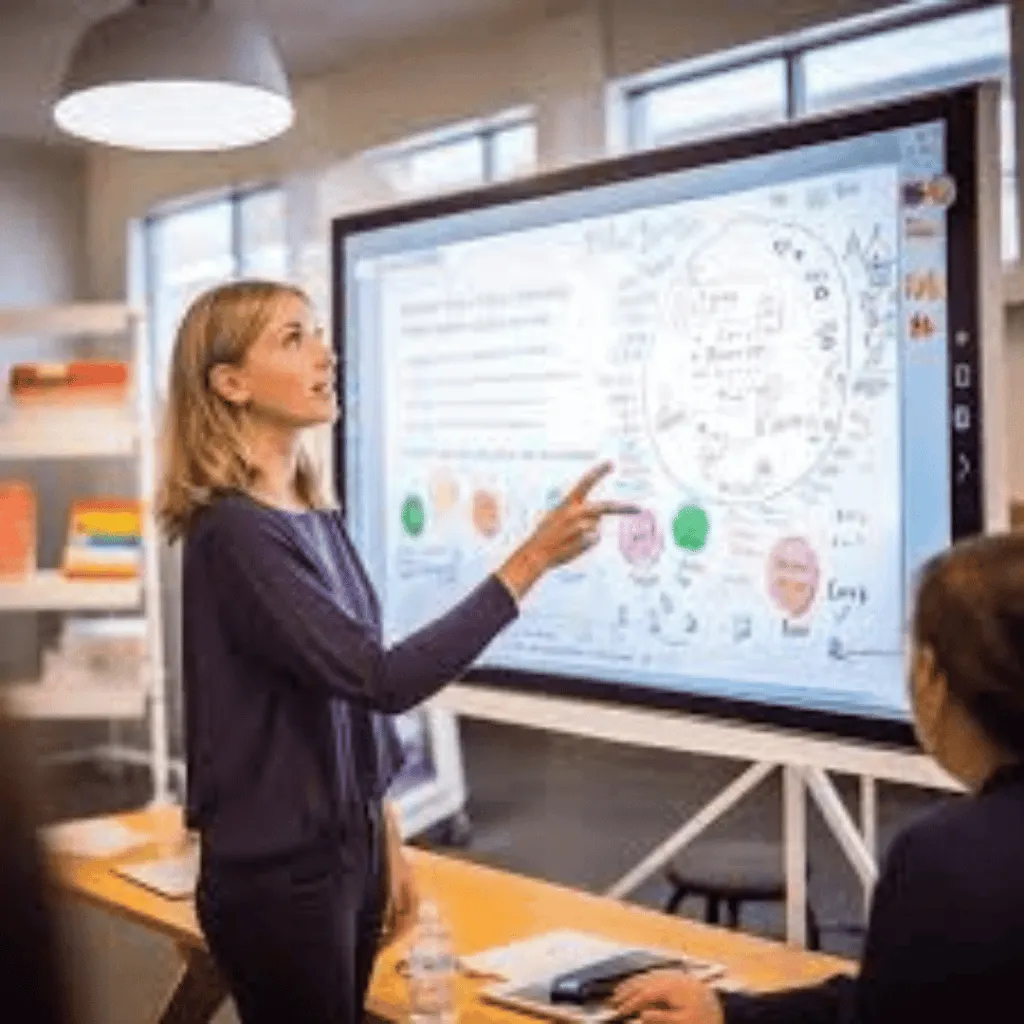
The transition from traditional pedagogy to an interactive learning framework is vivid in the approach of Guided Discovery Methods. When educators adopt the role of facilitators, they sow the seeds for a dynamic classroom environment where a problem-solving approach becomes second nature to students. This shift is crucial for fostering a culture of student-centered learning that values the active engagement and problem-solving skills of each individual.
Fostering Interactive Learning Through Teacher Facilitation
Teacher facilitation is instrumental in nurturing an atmosphere where students feel empowered to inquire and explore. Utilizing diverse hands-on activities, educators guide learners towards a deeper mathematical understanding and enrich their experiential learning experiences.
Equally important is addressing the spectrum of diverse abilities present within any given classroom. Teachers incorporate a variety of materials and techniques to cater to this diversity, thereby crafting a learning journey that acknowledges and celebrates unique talents and learning styles.
Challenges and Solutions in Hands-on Activities
Admittedly, the roll-out of Guided Discovery Methods isn’t devoid of hurdles. Educators often grapple with balancing the needs of a mixed-ability classroom and sustaining student motivation. However, the introduction of tiered tasks and the strategic use of technology has helped to assuage these obstacles, ensuring that all students, regardless of their starting point, find traction in their learning trajectory.
Case Study: Improved Mathematical Understanding
In a compelling case study documented by educational researchers Mabhoza, Z., & Olawale, B. E. in 2024, implementation of the Guided Discovery Methods in a South African school mirrored these challenges yet showcased impressive gains in students’ engagement with mathematics. Despite facing time constraints and the pressures of traditional assessments, students improved dramatically in their comprehension and application of mathematical concepts, thereby bolstering their overall academic profiles.
Guided Discovery Methods: Enhancing Inquiry-Based Learning
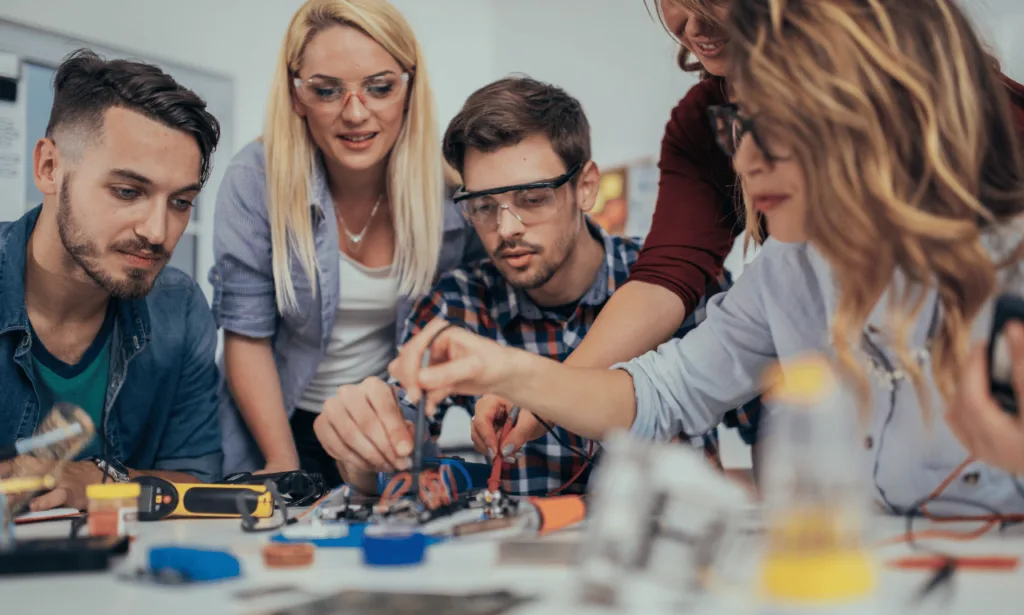
In the dynamic world of education, inquiry-based learning serves as a cornerstone for fostering deep engagement and critical thinking among students. Tailoring this approach through Guided Discovery Methods enables a transformation in the classroom, where the vigor of experiential learning is palpably felt through more interactive learning experiences.
As educators aim to ignite a passion for discovery in their students, they find a powerful ally in experiential learning environments. Inquiry-based activities, strategically weaved into curriculum designs, challenge learners to think critically, ask questions, and actively seek solutions â all pivotal elements of the Guided Discovery approach.
- Fosters an active learning environment that emphasizes the role of students as explorers and creators of their own knowledge.
- Enriches the educational experience by connecting theoretical understanding to practical application.
- Cultivates problem-solving and decision-making skills through hands-on and collaborative projects.
By employing Guided Discovery Methods within an interactive framework, students relish in the excitement of uncovering knowledge, rather than passively receiving it. This not only cements their understanding but also nurtures a sense of ownership and autonomy in their educational journey.
Hence, as the landscape of learning continues to evolve, the symbiotic relationship between inquiry-based, experiential, and interactive learning under the banner of Guided Discovery Methods emerges as a beacon of innovative education.
Incorporating Technology and Multimedia in Guided Discovery Learning

As educators continue to adopt Guided Discovery Methods, the integration of digital tools and multimedia resources has become essential in enriching the learning experience. These technological advancements facilitate a more interactive and engaging educational environment, which is paramount in explaining complex concepts effectively.
Integrating Interactive Simulations for Complex Concepts
Interactive simulations are revolutionizing the approach to teaching complex concepts within various disciplines. Leveraging these simulations allows instructors to illustrate intricate systems and processes in a way that is both dynamic and accessible, fostering an immersive form of experiential learning that holds students’ attention and promotes better concept retention.
Leveraging Digital Tools to Support Experiential Learning
The utility of digital tools in supporting experiential learning is undeniable. By incorporating resources such as virtual collaborative workspaces or digital laboratories, students gain the opportunity to participate in hands-on activities that engage their senses and require them to apply theoretical knowledge in practical scenarios.
Overcoming Time Constraints with Efficient Technological Resources
In addressing the time constraints that educators often face, efficient technological resources become invaluable. These tools enable learners to quickly access a wide array of information and applications, further streamlining the educational process and allowing for more in-depth exploration during class time.
- Simulations presenting real-world scenarios
- Virtual lab experiments transcending geographical limitations
- Collaborative platforms for peer-to-peer interaction
Below is a visualization of how certain digital tools align with various stages of the Guided Discovery Learning model:
| Learning Stage | Digital Tool | Benefit to Learner |
|---|---|---|
| Introduction | Video Content | Presents an engaging overview |
| Exploration | Interactive Simulations | Allows hands-on manipulation of concepts |
| Experimentation | Virtual Labs | Supports safe, repeatable experiments |
| Discussion | Online Forums | Enables sharing of discoveries and insights |
| Reflection | Blogging Platforms | Encourages reflective learning and articulation of thoughts |
Conclusion
In the journey toward fostering environments rich in student-centered learning, Guided Discovery Methods have demonstrated profound effectiveness. These adaptive educational strategies have paved the way for students to engage with concepts actively, nurturing their capacity for critical thinking and problem-solving. As a cornerstone of teacher facilitation, these methods prioritize engagement and discovery, contributing significantly to positive educational outcomes. Educators serve not just as vessels of knowledge, but as architects of learning experiences that ignite curiosity and stimulate intellectual growth.
While the embodiment of such pedagogical approaches is not without its hurdles, including the diversification of educational needs and the management of instructional time, technology has emerged as a facilitator of solutions. The integration of digital resources has shown that with the right tools, educators can overcome these barriers and enhance the learning experience. Indeed, the tailored adaptation of teaching practices and resources ensures that Guided Discovery Methods remain flexible and effective in meeting a range of student needs.
As we navigate through an era where inquiry-based and experiential learning are increasingly honored, the role of Guided Discovery Methods within the educational tapestry becomes ever more central. These methods are not merely instructional tools; they are the bedrock upon which resilient and inquisitive scholars are built. By wholeheartedly embracing these methods, we equip our learners not just for academic pursuits, but for the broader challenges and opportunities of the world that awaits them.
FAQ
What are Guided Discovery Methods?
Guided Discovery Methods are educational techniques that promote student-centered learning through mentor-guided exploration. They nurture problem-solving skills, critical thinking, and active learner engagement, often within collaborative and hands-on activities.
How do Guided Discovery Methods relate to experiential and inquiry-based learning?
These methods align with experiential learning by providing students with direct experiences to acquire knowledge. They also complement inquiry-based learning by emphasizing student exploration and discovery as central to the learning process.
Can you explain the role of the teacher in Guided Discovery Methods?
Teachers serve as facilitators in Guided Discovery Methods. Their role is to guide students through open-ended questions and exploration tasks, providing support and encouraging independent thought while students actively engage with learning materials.
How does Guided Discovery Methods enhance interactive learning?
These methods foster interactive learning through activities that encourage collaboration, discussion, and reflection among students, facilitating a deeper engagement with the material and with each other.
What are the challenges of implementing Guided Discovery Methods?
Challenges may include addressing diverse abilities among students, maintaining motivation, and dealing with time constraints during the discovery process. Educators often use differentiated tasks, technology, and engagement strategies to manage these challenges.
What impact do Guided Discovery Methods have on student engagement?
These methods have been shown to increase student engagement by encouraging active participation in the learning process, improving problem-solving abilities, and promoting a sense of ownership over their educational experience.
How do interactive simulations enhance Guided Discovery Learning?
Interactive simulations provide dynamic and visual learning experiences, allowing students to manipulate variables and see the results of their actions. This not only supports experiential learning but also caters to various learning styles.
What role do digital tools play in Guided Discovery Learning?
Digital tools support experiential learning by providing online collaborative platforms, virtual lab environments, and access to multimedia content. They allow students to engage in hands-on activities beyond traditional classroom settings and improve efficiency in the learning process.
How can technology help overcome time constraints in Guided Discovery Methods?
Technology can streamline the research and discovery process through educational software and online resources, enabling students to quickly access necessary information and materials, which helps maximize classroom learning time.
What are the outcomes of using Guided Discovery Methods in education?
The use of Guided Discovery Methods in education can lead to improved educational outcomes, including stronger critical thinking skills, increased student engagement, and a more profound understanding of the material covered.
Source Links
- https://www.myenglishpages.com/blog/discovery-learning-approach-language/
- https://www.notion4teachers.com/blog/unlocking-inquiry-based-learning-a-comprehensive-guide-for-teachers
- https://www.africanresearchers.org/unlocking-mathematical-potential-how-guided-discovery-learning-transforms-grade-10-education-in-south-africa/
